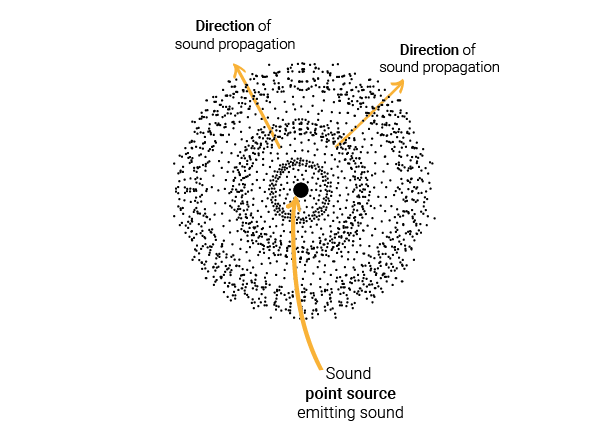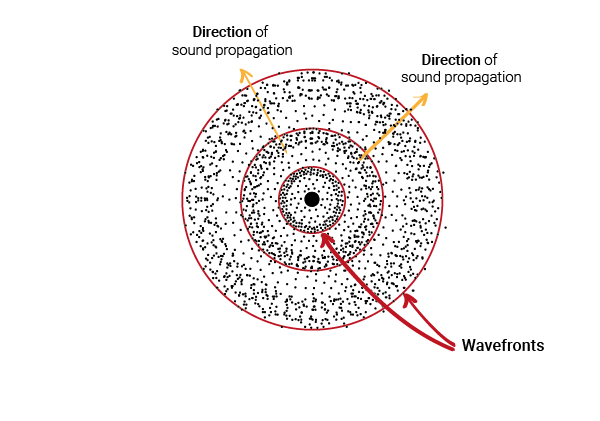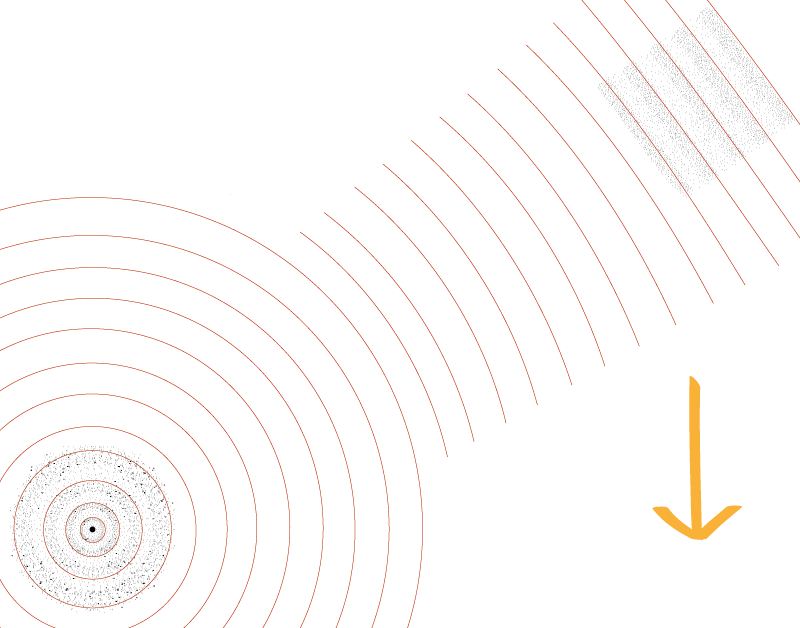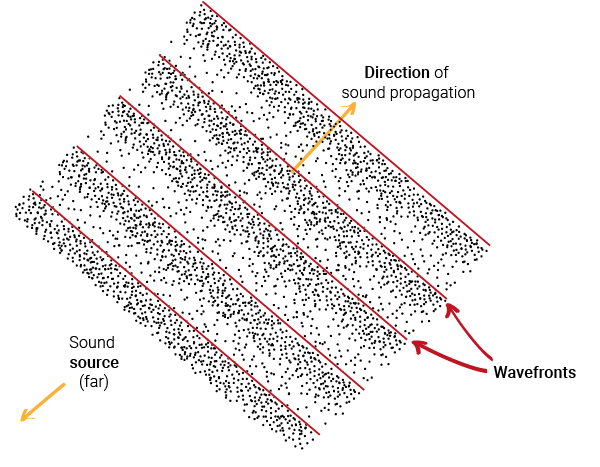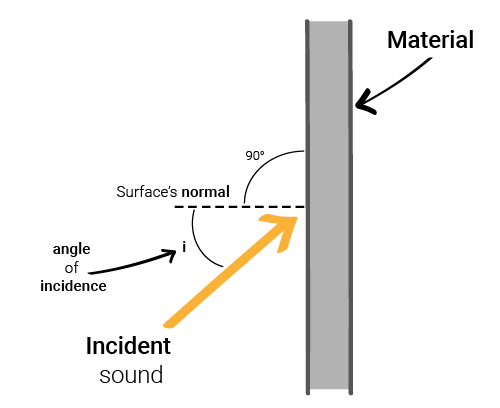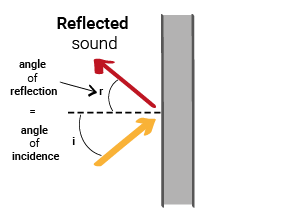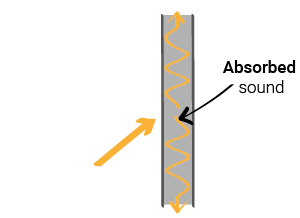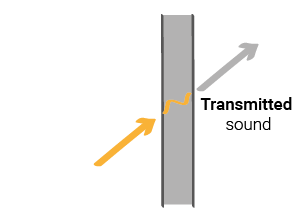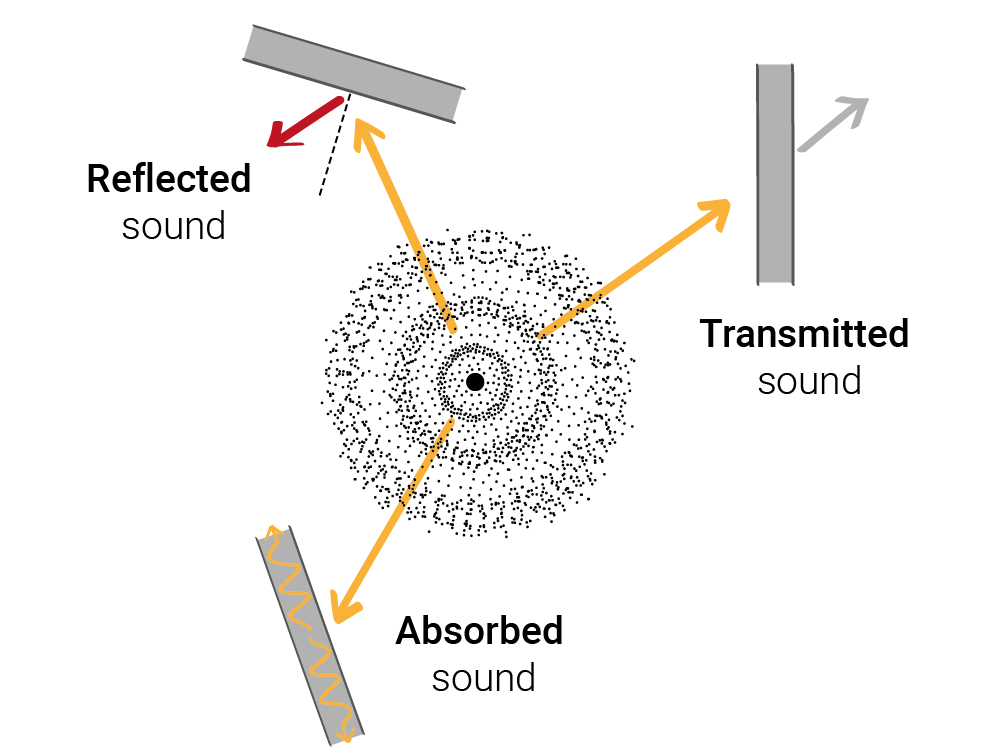
Quite often, we receive questions on how sound propagates, especially through materials.
If you need to understand the difference between sound reflection, sound absorption and sound transmission, here is a small post to explain the principles.
Enjoy the read!
(See at the end the references used to confirm these concepts)
PS: if you need to understand some basic concepts of sound like wavelengths and frequencies, read fundamental concepts of sound.
Enjoy the read!
(See at the end the references used to confirm the concepts)

Do you want to be notified when new posts are published?
Why don’t you subscribe to Atelier Crescendo’s newsletter by clicking here?
How does sound propagate?
Assuming a single sound source, typically called a point source, emitting sound uniformly (i.e. the same way in all directions).
In the near field, it produces sound waves that spread outward from the source in a spherical pattern.
Note
The near field is a region close to the source
Note
The far field is a region far from the source.
What are sound reflection, absorption and transmission? (and also sound insulation and soundproofing)
This capacity varies depending on the material’s physical properties, affecting how sound is reflected, absorbed, and transmitted.
Additionally, sound reflection, absorption, and transmission vary across different frequencies.
(if you need to understand the concept of frequencies, read the fundamental concepts of sound)
Acoustic references
See below the references used to confirm the above concepts:
- Noise Control in Building Services – Sound Research Laboratories Ltd – Pergamon Press
- Sound Materials, A Compendium of Sound Absorbing Materials for Architecture and Design – Tyler Adams – Frame Publishers
- Acoustic Absorbers and Diffusers – Theory, Design and Application – Third Edition – Trevor Cox, Peter D’Antonio
- Engineering Noise Control – Sixth Edition – CRC Press – David A. Bies, Colin H. Hansen, Carl Q. Howard, Kristy L. Hansen

